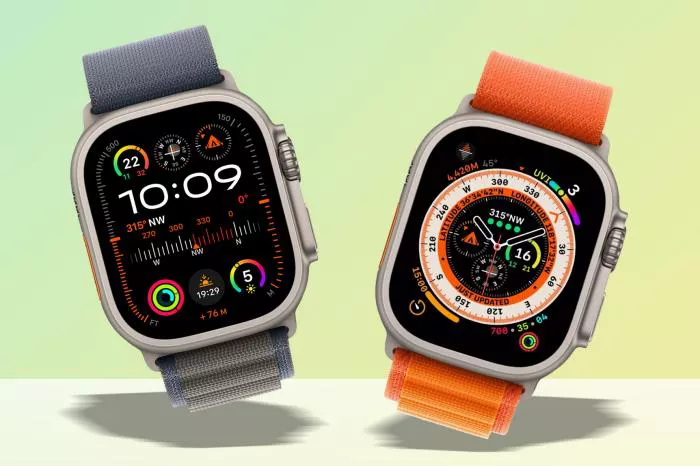A decade ago, Apple unveiled its first smartwatch alongside the iPhone 6, pitching it as a revolutionary wearable with features like the Digital Crown, Taptic Engine, and even the quirky Digital Touch heartbeat-sharing function. Fast forward to today, and the Apple Watch’s marketing has shifted dramatically—now highlighting stories of how it has saved lives rather than focusing on gimmicks.
The device has evolved from a luxury gadget into the world’s most popular smartwatch, outselling the entire Swiss watch industry in 2020. But after 10 years of dominance, the question remains: Where does the Apple Watch go from here?
The Rocky Start of Smartwatches
When the first Apple Watch launched, the wearable market was dominated by fitness trackers like Fitbit and Jawbone Up, which offered simplicity and long battery life. Early smartwatches, including Pebble and Android Wear devices, struggled with sluggish performance, poor battery life, and unclear utility. Even Apple’s initial offering failed to convince consumers that a smartwatch could replace their phone or fitness tracker.
For years, the Apple Watch leaned heavily into fashion as a selling point—until 2017, when the Series 3 introduced LTE connectivity, allowing users to make calls without their iPhone. This marked the first step toward positioning the watch as a safety device, though battery life and performance issues remained hurdles.
The Turning Point: Health Features That Changed Everything
The real breakthrough came in 2018 with the Series 4, which introduced FDA-cleared ECG capabilities, fall detection, and irregular heart rate alerts. Suddenly, the Apple Watch wasn’t just a notification triage tool—it became a legitimate health-monitoring device capable of saving lives.
This shift resonated with consumers. Anecdotal evidence suggests that health concerns are now the primary reason people buy smartwatches, leading to the decline of basic fitness bands. However, the challenge for Apple is that health technology moves slowly, requiring rigorous regulatory approval.
The Innovation Dilemma: What’s Next for the Apple Watch?
Recent updates to the Apple Watch—such as the double-tap gesture and the rugged Ultra model—have felt incremental rather than groundbreaking. Rumors persist about upcoming features like noninvasive blood glucose monitoring, sleep apnea detection, and hypertension tracking, but regulatory hurdles and technical challenges have delayed their release.
Apple’s legal battles, such as its dispute with Masimo over blood oxygen sensors, highlight the difficulties in bringing advanced health tech to market. Meanwhile, competitors like Samsung have beaten Apple to FDA-cleared sleep apnea detection, underscoring the tightrope walk between innovation and regulation.
The Future: AI, Battery Life, or Another Breakthrough?
With generative AI reshaping smartphones, the Apple Watch has yet to find its own AI-driven revolution. Apple Intelligence, announced at WWDC, isn’t coming to the Watch anytime soon, leaving the device in a holding pattern.
Potential paths forward include larger screens, better battery life, deeper fitness tracking, and tighter integration with other Apple products. While another life-saving feature could emerge—like the long-rumored sleep apnea detection—Apple may also need to explore non-health innovations to keep consumers engaged.
For now, the Apple Watch remains a mature product in search of its next big leap. But if history is any indication, the next decade could bring another game-changing evolution—one that, like the ECG, might just be worth the wait.


